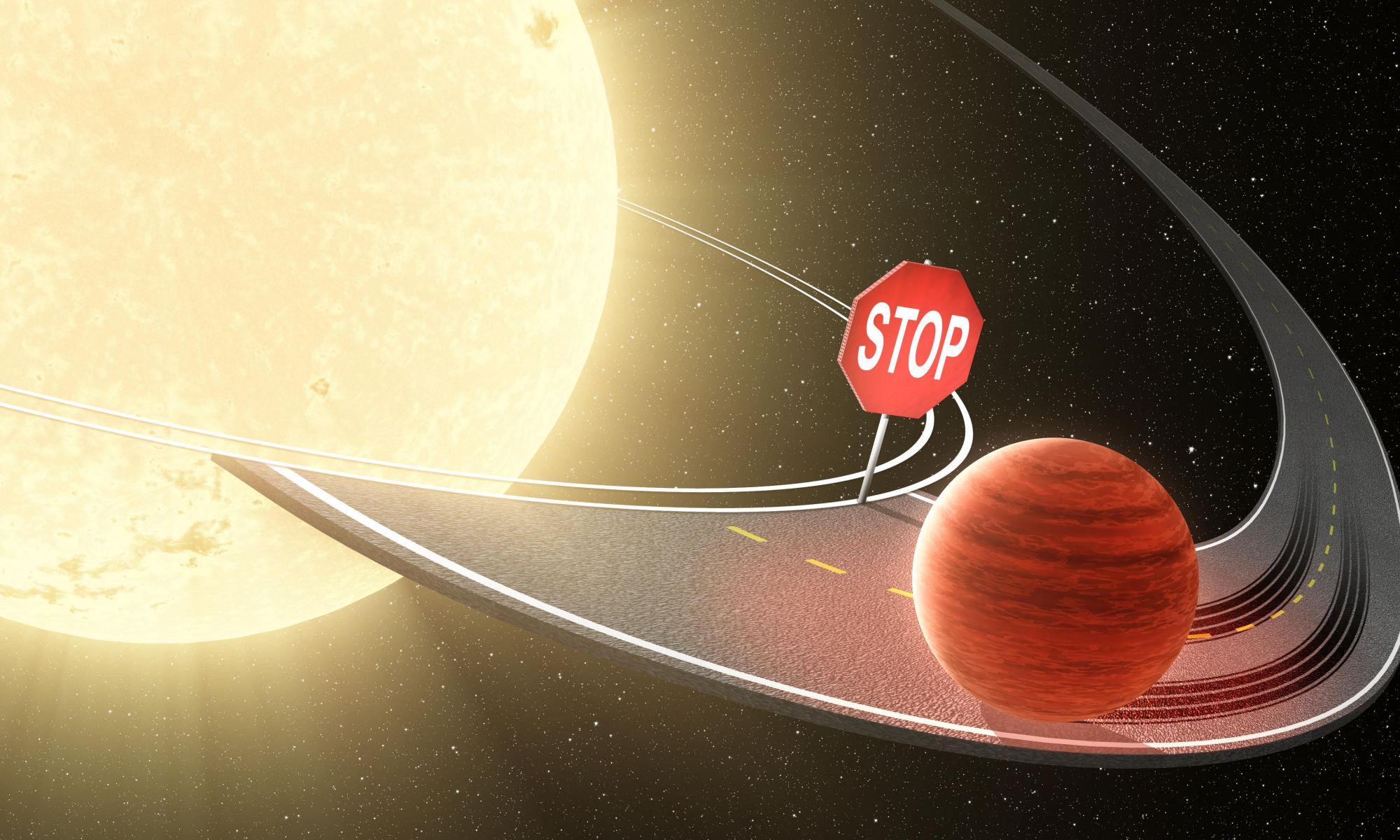As we began to discover hundreds, then thousands of exoplanets, we found that there were two types of worlds unlike anything in our solar system. The first are super-Earths. These worlds straddle the line between large rocky worlds like Earth and small gas planets like Neptune. The second are hot Jupiters. Large gas giants that orbit their star in a matter of days. While there may be a super-Earth lurking at the outer edge of our solar system, we know our Sun has no hot Jupiters. This is a little surprising since close-orbiting gas giants seem to be fairly common. But a new study could explain why our solar system has no planet Vulcan.
One of the reasons hot Jupiter exoplanets are so common is observational bias. Large planets closely orbiting small stars are the easiest type of planet to detect, so it’s only natural we’d find lots of them. But over the years we’ve gotten better at finding a range of planets, and hot Jupiters remain common, particularly around red dwarf stars. But they are less common around Sun-like stars, and the authors of this study wanted to find out why.
So they looked at a sample of 382 Sun-like stars from the California Legacy Survey. This survey includes spectroscopic data, so the team could look at factors such as the metallicity and age of the stars. Out of this sample, 46 had gas giant planets, which the team split into hot Jupiters (with orbital periods on the order of days) and cold Jupiters (with orbital periods on the order of years).

To begin with, there were more cold Jupiters than hot Jupiters, which is in contrast to the planets of red dwarfs. And the team noticed that younger stars were more likely to have hot Jupiters than older stars. So they used their sample to create a Bayesian model of hot Jupiters orbiting Sun-like stars. They found that statistically numbers drop off around the mid-life of the star, about 6 billion years. This suggests that while the orbits of cold Jupiters are stable over many billions of years, the orbits of hot Jupiters are not. It seems that hot Jupiter orbits destabilize over time so that they are eventually consumed by their star. As a result, hot Jupiters are rare for older Sun-like stars.
Our Sun is still in the early part of its middle age, so it isn’t likely that it once had a hot Jupiter and devoured it. We don’t have any evidence of a hot Jupiter ever existing in our solar system. But if there had been one in our Sun’s younger days, it would have well cleared any smaller worlds very close to the Sun. At the very least we now know that while hot Jupiters are common, they aren’t common around middle-aged stars like our Sun.
The study also demonstrates just how unusual our solar system is. Sun-like stars are relatively rare to begin with, and most planets orbit red dwarfs. As we continue to find planetary systems we may someday find a few star systems more similar to ours, and better understand not just hot Jupiters, but the vast range of planets that can be.
Reference: Miyazaki, Shota, & Masuda, Kento. “Evidence that the Occurrence Rate of Hot Jupiters around Sun-like Stars Decreases with Stellar Age.” arXiv preprint arXiv:2309.14605 (2023).

